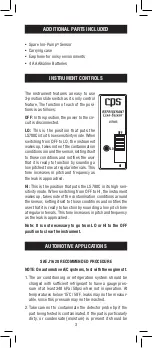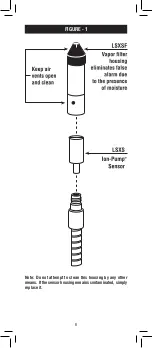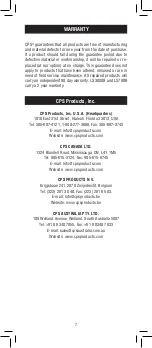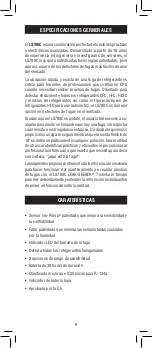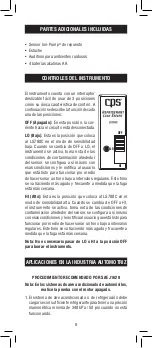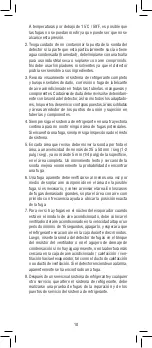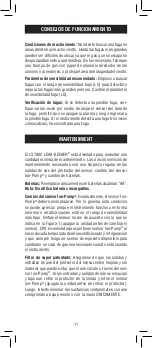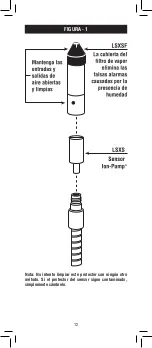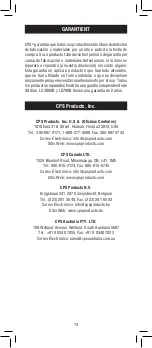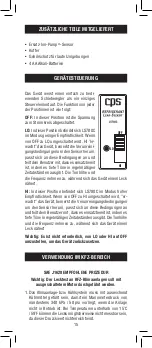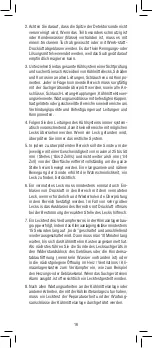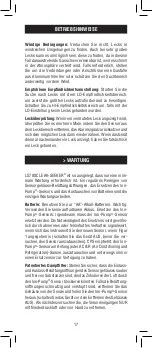
4
wiped off with a dry shop towel or blown off with shop air.
No cleaners or solvents should be used, since the detector
may be sensitive to their ingredients.
3. Visually trace the entire refrigerant system and look for
signs of air conditioning lubricant leakage, damage, and
corrosion on all lines, hoses, and components. Each
questionable area should be carefully checked with the
detector probe, as well as all fittings, hose to line cou-
plings, refrigerant controls, service ports with caps in
place, brazed or welded areas, and areas around attach-
ment points and hold down on lines and components.
4. Always follow the refrigerant system around in a continu-
ous path so that no areas of potential leaks are missed. If a
leak is found, always continue to test the remainder of the
system.
5. At each area checked, the probe should be moved around
the location, at a rate no more than 25 to 50 mm/second
(1-2 in / second), and no more than 5 mm (1/4 in) from the
surface, completely around the position. Slower and closer
movement of the probe greatly improves the likelihood of
finding a leak.
6. An apparent leak shall be verified at least once by blowing
shop air into the area of the suspected leak, if necessary and
repeating the check of the area. In cases of very large
leaks, blowing out the area with shop air often helps locate
the exact position of the leak.
7. Leak testing of the evaporator core while in the air condi-
tioning module shall be accomplished by turning the air
conditioning blower on high for a period of 15 seconds
minimum, shutting it off, then waiting for the refrigerant to
accumulate in the case for ten minutes. Next, insert the
leak detector probe into the blower resistor block or con-
densate drain hole if no water is present, or into the closest
opening in the heating/ventilation/air conditioning case to
the evaporator, such as the heater duct or a vent duct. If
the detector alarms, a leak apparently has been found.
8. Following any service to the refrigerant system, and any
other service which disturbs the refrigerant system, a leak
test of the repair and of the service ports of the refrigerant
system should be done.
Summary of Contents for LEAK-SEEKER LS780C
Page 1: ...OPERATION MANUAL LEAK SEEKER LS780C Refrigerant Leak Detector HI OFF LO HI OFF LO ...
Page 8: ...MANUAL DE FUNCION LEAK SEEKER LS780C Detector de Fugas Refrigerante HI OFF LO HI OFF LO ...
Page 15: ...LEAK SEEKER LS780C Kältemittellecksuchgerät HI OFF LO HI OFF LO OPERATION MANUAL ...
Page 22: ...RATION MANUAL LEAK SEEKER LS780C Dètecteur de Fuite de Gaz Réfrigérant HI OFF LO HI OFF LO ...
Page 29: ...NOTES ...
Page 30: ...www cpsproducts com 73 780 ...



